If we talk about the technical characteristics of the vehicle, you can hear such a concept as a stepless variator. However, for most drivers, such a word is something new and mysterious. Well, let's try to find out what is a variator and what role he performs in the car.
Content
Variator device, types of variators
In fact, the variator is called a special kind of automatic transmission, which invented how strange it did not sound, already in the 19th century. In addition, historians argue that Leonardo da Vinci was invented the first type of such type in the 15th century.
In about the second part of the twentieth century, the first vehicles with variasts appeared. Initially, they were engaged in the engineers from the company DAF, they added them into the design of their cars and trucks. After that, manufacturers of cars "Volvo", they adopted this type of transmission and began to equip their cars.
In principle, the variator is the same automatic transmission. And externally, it is impossible to distinguish what type of device is installed on a vehicle - a variator or a box-machine. This is due to the fact that visually on vehicles with the variator are mounted such two pedals and gearbox. But a vehicle that has such a device in its arsenal, works a little differently.
If we speak specifically, there are no fixed gears on vehicles with a variator and they switch very smoothly and virtually unnoticed, which is why such a device is often called a stepless box. In addition, there are no shocks, which are usually felt when the car rises from the spot. Also, with the help of a variator, an imperceptible and continuous change in the inverter occurs when a car acceleration or acceleration.
If after higher than the read information, you wondered what box it is better to choose - "automatic" or variator, then the answer to this question is ambiguous. Let's analyze the types of variators, the principles of their work and see what advantages they possess. To date, the most common and popular variasts can be called toroidal, hydrostatic, chain and clinoremable variators, having variable diameter pulleys.
Klinorem variator and its device
The clinoremable variator is the most famous, but I propose to start with it. It is equipped with a slave or a wedge-shaped strap and pulley. This type of box is not a stepless, and its work depends on the number of revolutions of the device. For example, if you rise under the mountain, the rear wheel load will automatically increase, however, PE will not change. Most experts consider such a parameter with a disadvantage of the clinoremable variator.
Belts of this type are called wedge-shaped due to the fact that they are in the context they have the shape of a trapezium and embed into the pulley by side parts. When wearing these sidewalls, the belt is able to embed into pulley even deeper, which makes the hitch as high quality.
On the clinoremable variator, the gear ratio is modified by the associated operation of the leading and slave pulleys. If we speak in other words, the elements of the driving pulley rotated by the crankshaft, plastic and smoothly compress, thereby pushing the belt further from the center. With this procedure, the slave pulley is capable of squeezing and the belt, gently drowning in it, is approaching the center. Therefore, the gear ratio varies from the crankshaft and heads to the rear wheel.
The lead and driven pulley is distinguished by the fact that the spring is installed on the first instead of the rollers.
With regard to the principle of operation of a clinoremated type of variator, it can also be explained by the method of two single-type pencils. For this, you need to put them on the table in parallel to each other. Next, you should pull them with a rubber band, and then twist one of them. Undoubtedly, the second subject will begin to spin simultaneously with it and, which is interesting, at the same speed. However, if the pencils the diameter of the section will be different, the situation will not happen again.
Pencils of different diameters will still rotate, but a little different. While the pencil of a large cross section will make one turn, the one that is smaller will have time to do two.
Similar with pencils principle of operation, have various variants. However, as already mentioned above, the clinorem types of devices have two pulleys, which are made in the form of cones, which is why the variator changes the diameter of the pencils all the time. Usually, the pulleys are addressed to each other with their ends, and the belt is clamped between them.
With relative mutual movement, the pulleys are very similar to pencils, which all the time change their diameter. These pulleys are often equipped with a hydraulic system, although the servo is connected sometimes. As a result, the halves of both pulleys are synchronously moving and shifted. In the event that one is located on the drive shaft, coming from the engine, and the second one is on the drive, which goes to the wheels, the change of the PC will occur much wider.
In addition, the variators of this type sometimes provide a device that is responsible for the change of the direction of rotation of the shaft when the reverse gear is enabled.
Variator belt and its design
By the way, on such a variator there is a very unusual belt. It is made of a mixture of fabric and rubber and is not at all similar to belts rotating a variety of generators or other attachments. After all, the ordinary belt could not withstand thousands of kilometers.
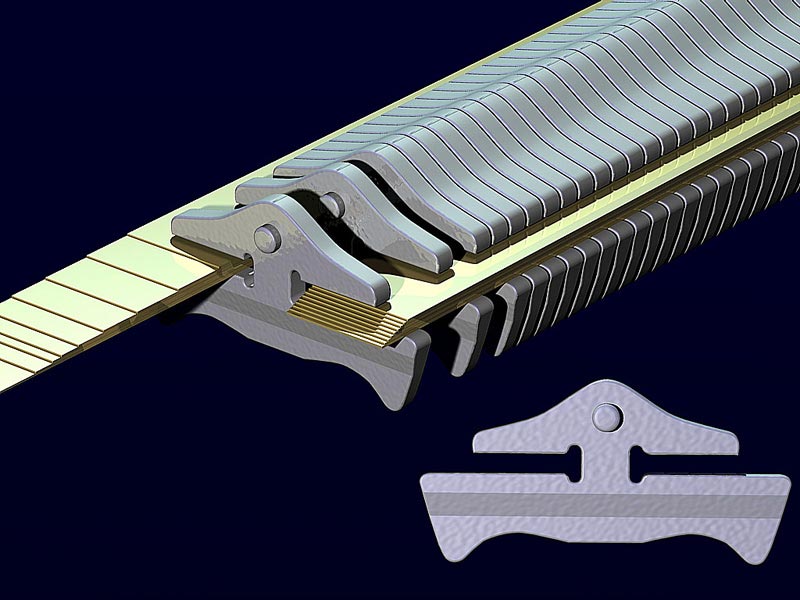
Belts in variators have a rather complicated design. As a rule, it is steel tape, which is covered with iron elements. There are a lot of thin plates on the set of these steel cables in across, which in shape resemble a trapezium. The edges of these tapes come into contact with pulleys. It is thanks to such a system that the pushing belt was invented, which by both halves transmits power from one to another pulley.
Toroid variator, device and principle
This variator instead of pulleys and belts is equipped with rollers and wheels. Such a system is a bit different, but, in fact, all its elements perform exactly the same functions as the clinorem type of variator, and also give one result - a constant change in the transmission.
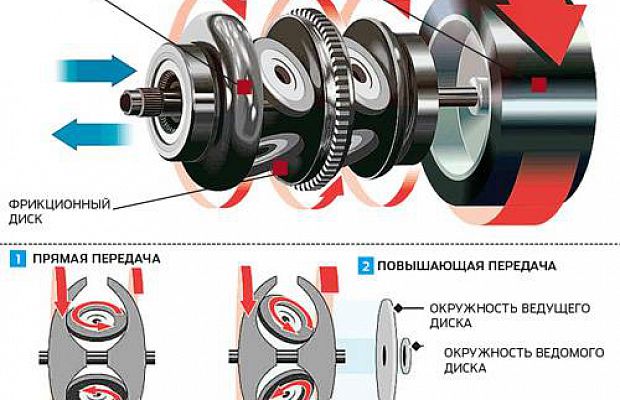
Works a toroid variator according to the following scheme. One disk is connected to the engine, and the second - with the cardan shaft. The first disc is a leading shaft, and the other - slave. There are rollers and wheels between the discs (and not a belt) transmitting power to each other.
The wheels rotate around two shafts - horizontal and vertical. As a result, the wheels come into contact with disks in a variety of areas. When contacting the wheels near the center with the drive disk, they contact near the rim with the slave, it increases the torque and reduces the speed. This is called high transmission or overdrive.
Hydrostatic variator, device and principle
Both, the above-described variator types, operated by radius of points, which are in contact between two objects, which rotate. However, the hydrostatic variator is distinguished by a completely different principle of work, namely, using variable volume pumps. And the movement here provides a hydrostatic pump.
How to repair variators, advice professionals
Repair variators as well as an automatic transmission. If you violate the rules of their operation, they also fail, therefore you should not be neglected. Experts advise to diagnose variators at least once a year. If you hear strange shocks or noises in a box, you should not postpone, you need to diagnose in a special center. Otherwise, the costly repair is clearly not avoided.
Interestingly, every day, cars with variators become more and more common and in demand, although the price of them is quite different.
As for the repair of the belt, then every motorist may well hold it independently, since nothing is difficult in it.
Related Materials
- Stove 2110, bad warm stove 2110, VAZ 2110 heating system, repairing the heating system VAZ 2110 with their own hands
- VAZ 2114 stove blows with cold air, stove 2114, bad warm stove VAZ 2114, device and repair of heating VAZ 2114 do-it-yourself, removing the stove VAZ 2114
- How to subdominize the car. How to put a jack. Types of jacks for cars.
- VAZ 2109 Fuse Block, VAZ 2109 Fuse Block Carburetor, VAZ 2109 Fuse Block Injector, Old VAZ 2109 Fuse Block, VAZ 2109 Fuse Block, VAZ Fuse Block 2109
- Car exhaust gas catalyst, faulty catalyst, pluses and cons of the catalyst, how to change the catalyst on the planeencitel
- Stove blowing cold air VAZ 2114, badly blowing the stove VAZ 2114, why badly blowing the stove VAZ 2114
- How to find out the owner of the car by the number of his car, check the car by the number of the traffic police machine, check the car by the state number of the car for free
- How to choose Used tires, Useful Tips
- Winter car road, pressure in passenger car tires in winter, good battery for the car in winter, whether to warm the car in winter
- In winter, the car is poorly started. How to make a car in winter, do you need to warm up the car in winter, useful tips
- Economy fuel consumption machines, the most economical car consumption
- Tires brands for passenger cars, labeling of car tire labeling, residual passenger car tire protector, how to pick a tire on a car brand, car tire tread pattern
- Working transmission operation, mechanical gearbox clutch work, driving with manual gearbox, useful tips
- Rear beam Peugeot 206 sedan, rear beam device Peugeot 206. Rear beam Peugeot 206 Malfunction, repair of the rear beam Peugeot 206
- Diesel fuel in winter, additive for diesel fuel in winter, how to choose the best diesel fuel
- Diesel winter does not start. How to start diesel in winter, heating diesel in winter.
- Japanese bridgestone tires, winter studded bridgestone tires, bridgestone tires brand
- Tire marking decoding for passenger cars, labeling wheels, how to choose the right tires on the disks
- Diesel engine in winter, launch of the diesel engine in winter, what oil to fill in a diesel engine in winter, useful tips
- LED backlight of the car, the backlight of the bottom of the car, the backlight of the legs in the car, the backlight in the door of the car, the backlight of the car is fine
- Recovered tires, bus tire, restored tire protector, can I use them
- Choose winter tires, which is a winter tires, which pressure in winter tires should be marked with winter tires, how to choose the right winter tires, the best winter tires 2019
- Steering rail rail, knock of steering rack, reasons for the knock and repair of the steering rack do it yourself
- Cameless car tires, a set for repair of tubeless tires, repair of the cannon-free tire do it yourself
- Russian tires, Russian tires Winter, Russian All-season tires, Voronezh AMTEL tires, Tires "Matador Omsk Tire", Kama-tires are world-class bus
- How to open a car without a key. Lost the key from the car what to do, the key from the car inside the car
- Silent tires, quiet winter tires, quiet studded bus, which tires to choose, overview tires
- Tires and safety, safety of the bus, why it is necessary to constantly monitor car tires
- Rules of safe driving of the car in the rain and slush, safe driving of the car for beginners
- Rust converter which is better for cars, rust converters to choose how to use rust transducer, professionals
- Polishing the body of the car do it yourself, how to choose a polishing paste, useful tips
- Engine durability, engine life, how to extend engine life
- Knock in the car. Knock when moving the car. What can knock in the car. How to determine the cause of the knock.
- ABS car, what is ABS car, ABS system malfunction, ABS diagnostics
- Overtaking a car when you can start overtaking a car, rules of traffic rules
- Fuel pump VAZ 2110, VAZ 2110 gas station scheme, VAZ 2110 fuel pump device, VAZ 2110 gas station repair,
- Automotive antennas for radio, automotive antenna device, car antenna do it yourself
- Front suspension Kalina, device front suspension Kalina, knock in front suspension Kalina, repair of front suspension Kalina
- Shock absorber Oil, best oil shock absorbers, pumping oil shock absorbers, how to properly pump oil shock absorber
- Clutch malfunctions, touches clutch, causes a clutch malfunction, how to eliminate
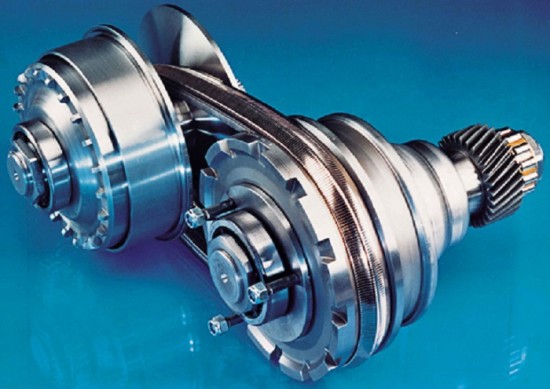
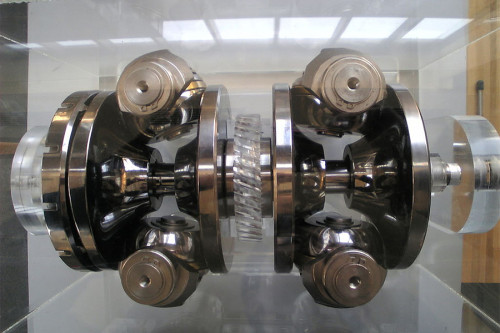
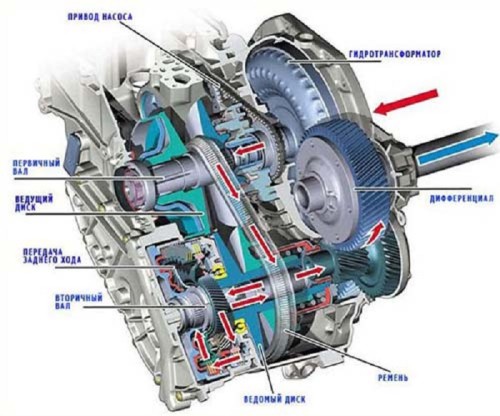
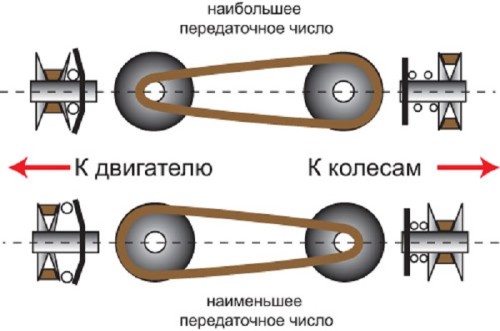
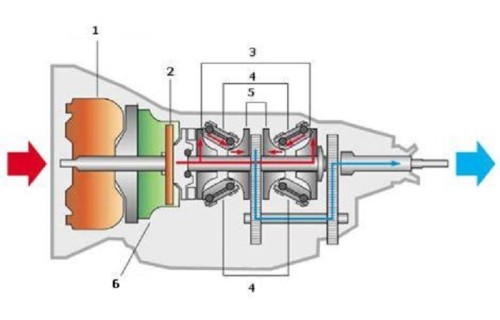






Comments